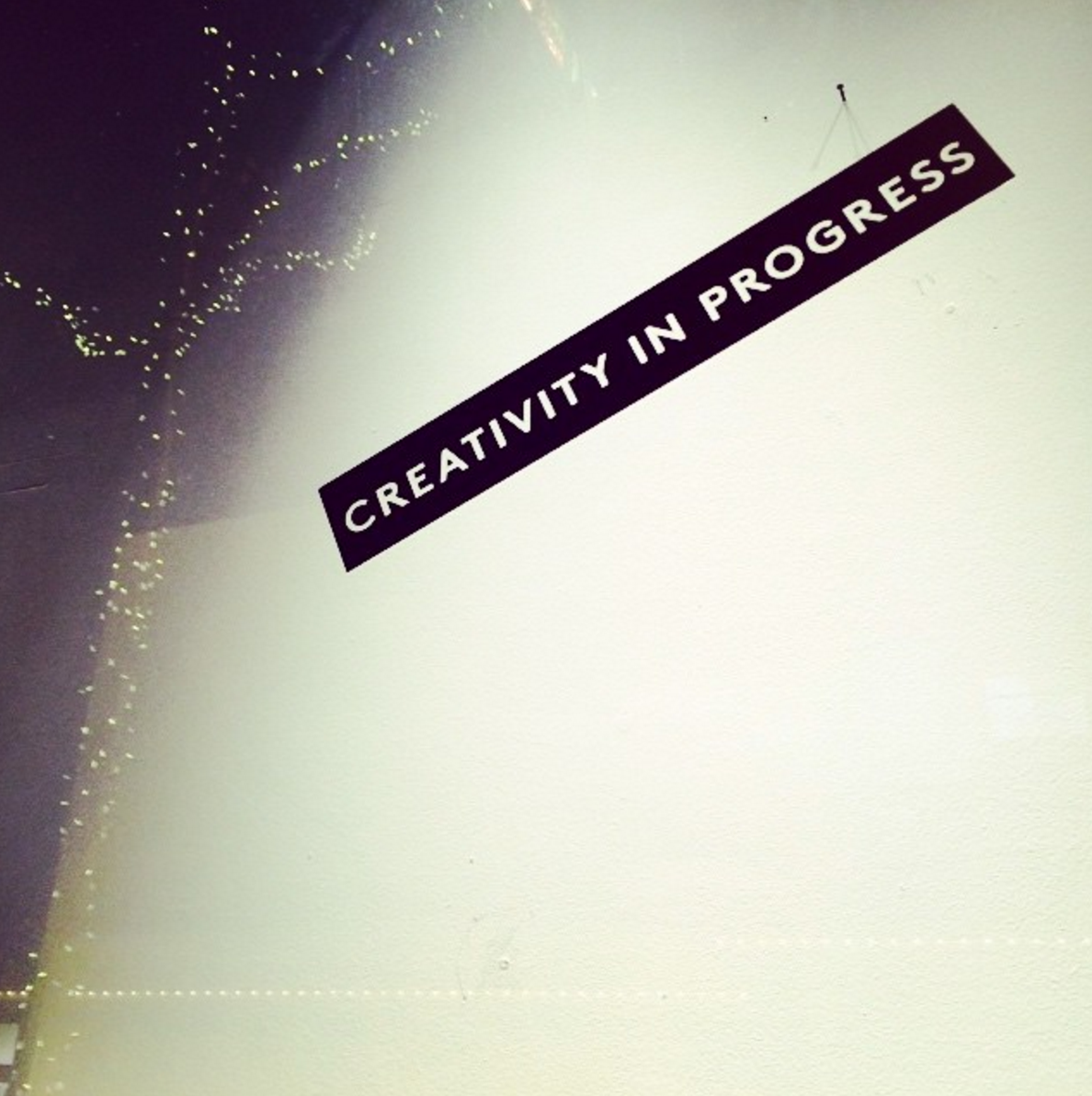Robots are not here to take your jobs
Let’s talk robots. Not science fiction film plots, ’80s dance moves or frenetic ‘they’re stealing our jobs’ narratives intending to draw upon readers’ deep-seated anxieties — but the realistic capabilities of robots and the influence of robotic technologies on the American workforce.
Among the mass of reporting with headlines perhaps better suited to a Cineplex leader board, it seems we’ve collectively forgone questioning, simply, “What are robots and what can they accomplish?” and instead fixated on possible outcomes unrelated to current technologies or their trajectories.
Robots are not here to steal our jobs
So let me begin with this: Robots are not here to steal our jobs, nor are we at risk of any other en masse robotic movement reliant upon self-determined mechanized cognizance.
In fact, nearly 100% of contemporary robotic technologies are dependent on human interaction and maintenance to function. Technically speaking, today’s robots are semi-autonomous at best – interactive tools existing within a fixed environment, capable of processing only basic sensory details and acting in binaries (think Part A affixed to Component B).
“We are becoming more familiar with robots, but their sophistication has not changed much,” assures U.S. robotics law and policy expert Ryan Calo. In fact, since the original coinage of the term ‘Artificial Intelligence’ more than 60 years ago, robotics technologies have progressed at a snail’s pace; “Today, robots are about as smart as insects,” confides Calo. The vision of a fully automated, autonomous manufacturing facility, while perpetuated with assurance by some, is little more than today’s flying car.
And he would know. As a leading voice in the University of Washington School of Law, co-chair of the Robotics and Artificial Intelligence committee of the American Bar Association, and a contributor in the movement to develop a Federal Robotics Commission, Calo’s day-to-day is peppered with discussions on emerging technologies and the impact of the advancement of robotics on the lives of Americans.
Past patterns, future demands
If the rudimentary state of today’s robotic technologies is not enough to assuage one’s concerns regarding the automation of occupations, patterns of the past provide a promise of continued stability for the U.S. labor force alongside persistent technological development.
“If you look in broad historical terms, our population keeps growing and our unemployment rate stays constant,” Calo says. “And I think that wouldn’t be the case if automation necessarily, inevitably led to job loss.”
More immediate economic analysis even hints at the potential for an improved job state as a result of the placement of robotics in production manufacturing environments. “Even if some people’s jobs were replaced in the short term, for the United States to remain competitive globally, its workers need to be very productive,” explains Calo. Assuming the demand for consumer goods continues growing alongside population as it has historically, “it could be that we just need to use robotics to out-produce other nations,” he says.
Meeting demand doesn’t stop with the generation of tangible goods by U.S. factories – we must bolster robotics programs to remain globally competitive in technical fields; by fostering academic and professional ecosystems in support of technology and science, we will maintain an international voice in innovation as well as a talented American workforce capable of thoughtfully advising on the further integration of robotics in society.
Better together
At a basic human level, human-robot interaction often offers positive outcomes. With the assistance of machines, we are generally capable of greater output in lesser time; like the tactile tools we are more accustomed to handling – a hammer, kitchen whisk or even a smartphone – robots make easy tasks that would otherwise be difficult within the normal bounds of time and space.
“I’ve seen research suggesting that a human and machine are always going to outperform either a human alone or a machine alone,” explains Calo, “and I’ve never seen a study that concluded otherwise.”
The experience of creation of material goods can also be enhanced with automation. Where once people were engaging in assembly tasks demanding repetitive motions that tested the physical limits of the human body, the integration of automation systems relieves production workers, permitting them to develop more transferable skills that solidify their value to employers and offer greater cognitive engagement.
Still, while Calo asserts the prevalence of robotics will help create “precisely the kinds of jobs we want in the United States,” he doesn’t shy from noting the potential for things to go awry. Like any emerging technology, “it can be done irresponsibly.”
Accountability in advancement
By failing to prepare employees or provide an alternative professional pathway when displaced, organizations can “create the sort of vertigo” feared by many. “You have to do it in a way that is responsible, that remembers that there are humans in the picture,” says Calo, alluding to the duty of organizations to account for the well-being of staff when incorporating robotics technologies.
So if the autonomous dehumanized production system frequently envisioned by sci-fi theorists remains indistinguishable on the horizon, then who is to blame for the fear of sudden joblessness that haunts many employed in America’s production manufacturing facilities?
While the matter is a complex one, at least part of the answer is found in choice: The choice of U.S. corporations to carefully, thoughtfully pursue automation.
In the recent past, robots have become the black sheep of production manufacturing and beyond; technologies deemed accountable for widespread uncertainties where corporate efforts to reduce costs and responsibility are at fault. We ought not to fear technological advancement – challenging our intellectual and capacitive bounds is a large part of what makes humans, humans.
Instead we must demand those at the helm of America’s organizations account for the human role in manufacturing to the benefit of the technology at hand, as well as the hand guiding the technology.
Drawn from USA Today




